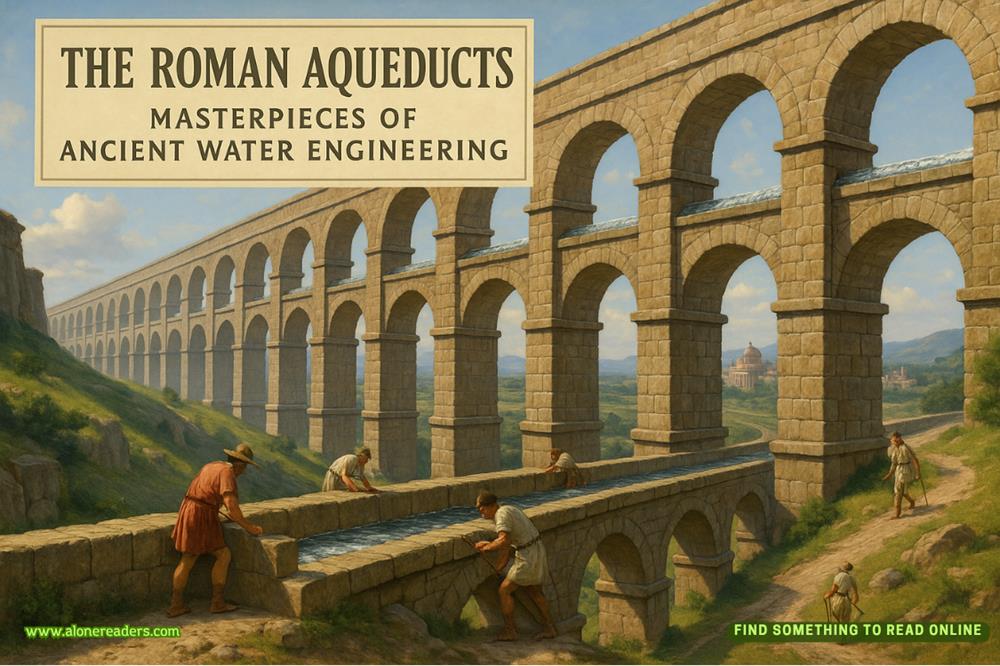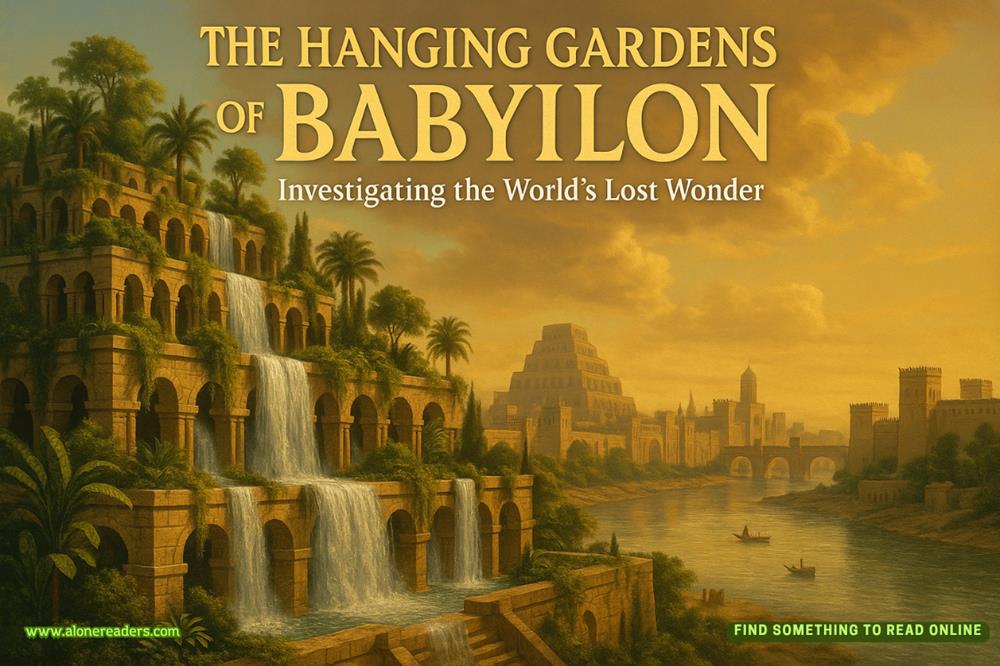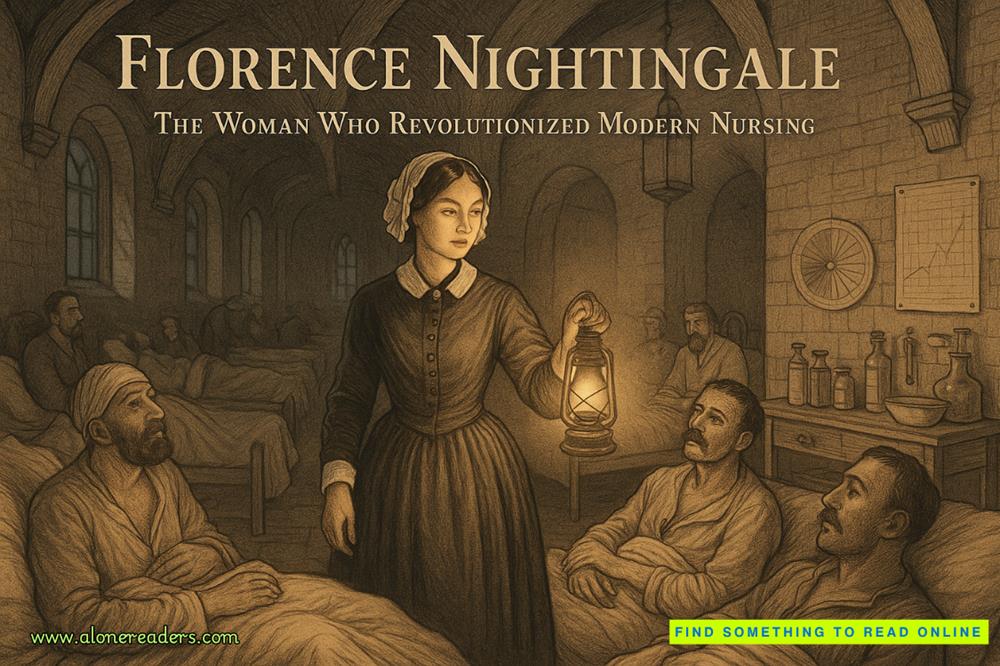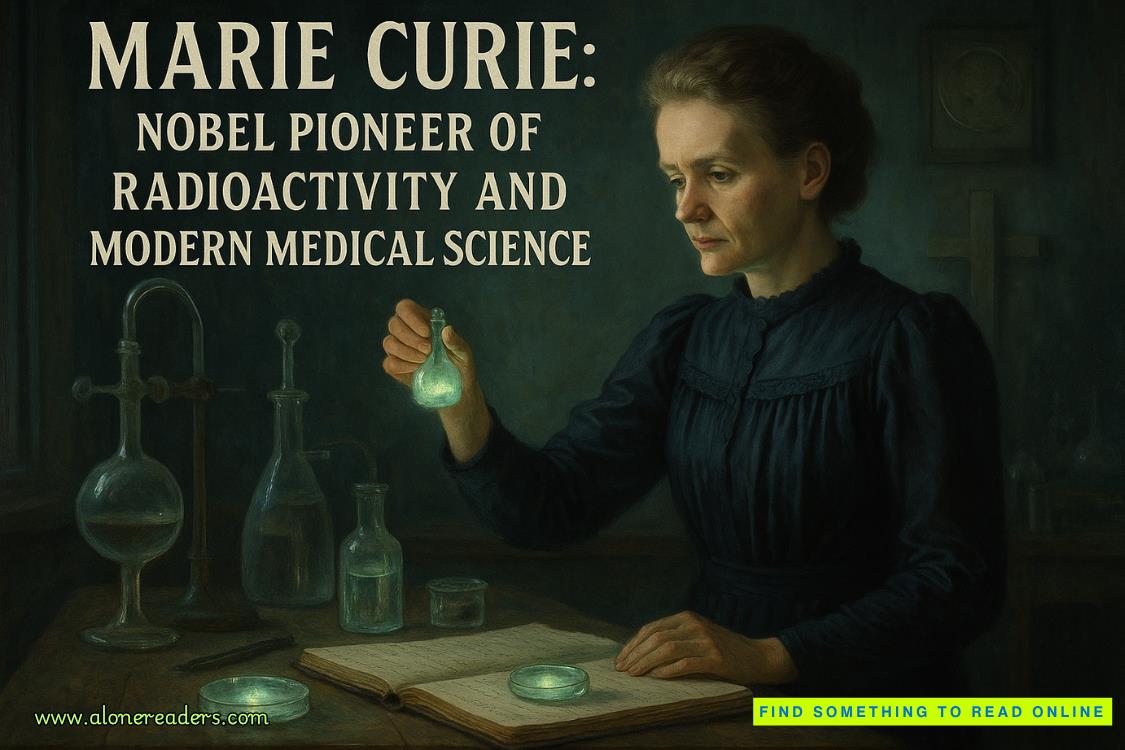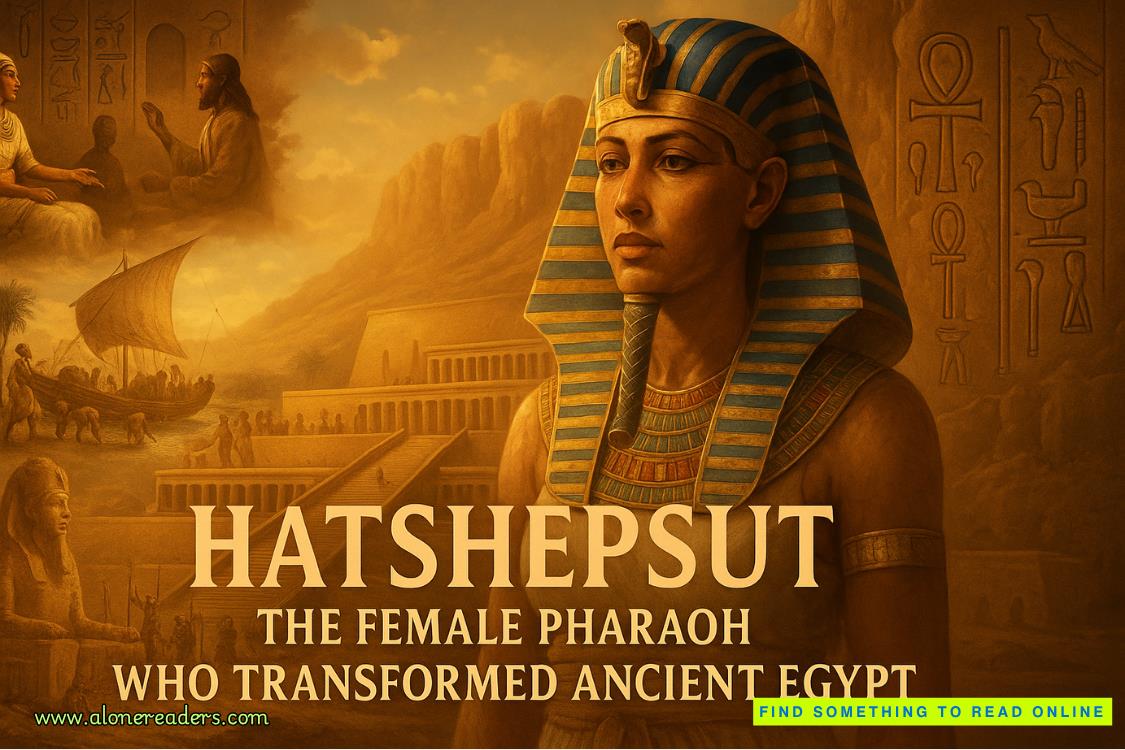Page 122 of The Unraveling of Julia
ABOUT FIAMMA SETTIMI
Fiamma Settimi honors us with her mesmerizing watercolors of the Spedale degli Innocenti, an orphanage for abandoned children. Babies were left on a rotating drum at its entrance, and the first such baby was a girl named Agata, relinquished on 5 February 1445. The orphanage is a Florentine landmark, designed by Filippo Brunelleschi and considered the first pure Early Renaissance building. Peruse this magnificent series of watercolors and you will understand why Ms. Settimi’s work has been deemed “spectacular,” “outstanding,” and “profoundly moving” by art critics all over the city and beyond.
“Wow” was all Julia could say, her throat thick. Her chest tightened with emotion.
Courtney leaned closer. “She’s painting an orphanage. You know what that tells me? That she’s been thinking about the baby she gave up.”
Julia couldn’t hope for that conclusion. Tears came to her eyes, but she blinked them away behind her sunglasses.
“Jules, thisislike fate.” Courtney squeezed her arm. “This shows that you matter to her, even now. I bet every woman who gives up a child for adoption never forgets that child, ever.”
In the next moment, a compact older man in white shirt and a jeans jacket climbed onto a platform at the front of the gallery. He had frizzy gray hair and a wide grin buried in a short gray beard. “Everyone, may I have your attention?” he asked in Italian-accented English, speaking into a handheld microphone.
The crowd quieted and turned in his direction. Julia assumed Fiamma must be at the front of the gallery near him.
“Good evening, I’m Paolo Natoli, the owner of Estrella Studio, and I’m so pleased you came to the new show by one of our favorite artists, Fiamma Settimi.” He paused for a smattering of applause. “I’m going to introduce Fiamma, and we’re going to speak in Italian, then English. Fiamma invited friends from the UK and she wants them to feel at home. So welcome everyone, even the Brits!”
“Here, here!” a man called out in a British accent, and everyone burst into laughter.
Paolo spoke briefly in Italian, then segued to English. “Art critics heap praise on Fiamma’s work, but I myself am the best art critic you know. Without question, Fiamma is one of the most talented watercolorists I have ever seen.” Paolo beamed, and the crowd applauded. “Her talent is God’s gift, and her creativity is inexhaustible, as is she. Sheteaches grade school, so there’s the proof you need.”
The crowd chuckled. Julia’s heart started to pound. She realized she was minutes away from seeing her birth mother, a woman she’d been wondering about her whole life.
“Many of you know Fiamma, so you know she is one of the kindest, most generous, most thoughtful, most brilliant women ever. I love her, and so do we all.” Paolo grinned. “So without further ado, let’s bring her up.”
The crowd applauded as Paolo stepped down, handing off the microphone, and Fiamma climbed onto the stool with a broad smile, a slim and attractive woman in a bohemian peasant dress.
My God.Julia stifled a gasp. Fiammadidlook like her, or Julia looked like Fiamma. They both had wide-set blue eyes, a small nose, and the same dirty blonde hair, though Fiamma’s was long and swept into a loose topknot. She looked younger than fifty-something, maybe because she had a warm and casual way about her.
Courtney whispered. “Holy shit. It’sher.”
Julia nodded, grateful for the sunglasses. Her heart tried to jump out of her chest.
“Sera, tutti!” Fiamma began speaking in Italian, smiling easily and drawing chuckles from the crowd. Her lively gaze swept the gallery as she spoke, and she turned left and right, including everyone the way teachers do.
Courtney whispered again, “She seems so nice!”
Julia nodded, conflicted. She found herself liking Fiamma, too, which felt strange. She’d wondered about her so long and resented her from time to time, but now found it hard to stay mad at her, seeing her in person, a charming and talented woman, a teacher as well as an artist. Julia’s anger began to ebb away, but questions remained, and plenty of them.
“Grazie!” Fiamma finished her Italian speech with a comical curtsy, provoking applause. “And now, let me speak English for the heathens.”
Everybody laughed.
“I’m very grateful that you came tonight. I see many old and new friends here, so thank you. I adore Paolo, who does so much for local artists, even those who cannot quit our day job.” Fiamma smiled. Her English was flawless with a slight Italian accent. “The subject of my new show is one of the most magnificent buildings in our beloved Florence, theInnocenti, an orphanage.” She turned to the left side of the room, where Julia and Courtney were standing. “I love to find the emotionality and truth that reside even in the inanimate. I look for life, and light, too. History will always show both to those who are willing to see.”
Julia swallowed hard. Heads nodded around the gallery.
Fiamma continued, “It’s impossible to paint an orphanage, especially a historical one, without imagining the emotions of the orphans—their pain, love, confusion, longing, sorrow, despair, and even anger.”
Whoa.Julia felt the words grab her by the heart. She’d felt all of those emotions for so long.
“People often ask me which are my favorite paintings, and usually I decline to answer. I believe, as most of you do, that art should be interpreted by the viewer, not the artist.” Fiamma cocked her head with a sly smile. “Also it would be like choosing betweengnocchiandlinguini. Both are perfect. Why ask?”
Everyone chuckled again.
“But I will admit, my favorites in this collection are the paintings of the medals, trinkets, and charms over there.” Fiamma indicated the left side of the gallery, in Julia’s direction. “I painted crucifixes, sacred hearts, and paper pictures of the saints, which were pinned to the orphans’ clothes by the so-called house nannies. The charms were believed to have magical powers to reunite the orphans with their parents.”
Julia blinked. The words struck her as so pointed she wondered if Fiamma were speaking to her.
